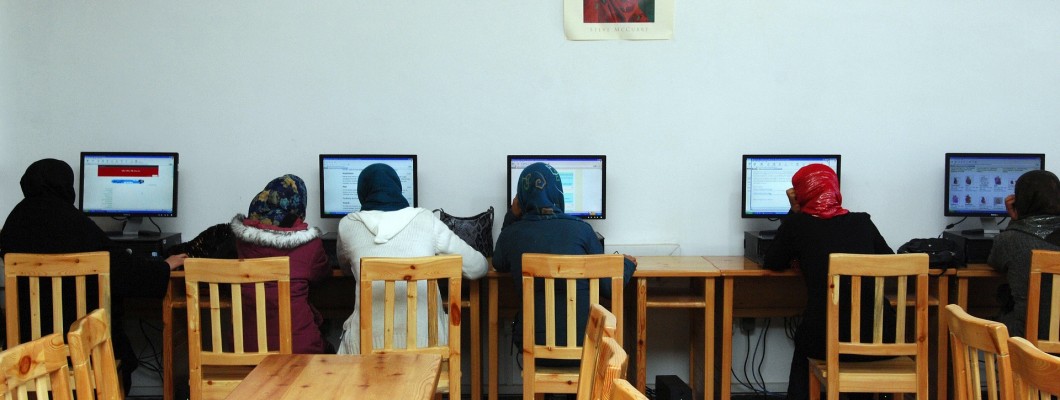

Show a colored mouse pointer when the connecting user does not have permission to control my device.Enable privacy mode (See Screen Privacy).Draw on computer's screen (See Whiteboard).Print out my documents on their printer (See Remote Print).Access my computer's clipboard to transfer files.Control my computer's keyboard and mouse.The permissions found here are the default permissions for users connecting to you via the Accept Window. "*" denotes a string of any length whereas "?" represents a single character.įor example, if a custom namespace such as has been purchased, a wildcard entry such as would ensure that only aliases in the custom namespace would be able to connect to the AnyDesk client. Using "*" or "?", you can enter partial AnyDesk-IDs or Alias. This can be done by clicking the "Unlock Security Settings" button at the very top of "Settings" > "Security". If AnyDesk has been installed on the device, administrative access is required to unlock these setti n gs. Show the primary "Remote Desk" field in the main AnyDesk window.Hide the sidebar in the main AnyDesk window.Automatically display Accept Window when a chat message has been received.Open the Address Book when starting up an AnyDesk window.

The session comment will be visible in the Sessions tab of the my. customer portal linked to the license of the client.

As the name implies, these settings predominately affect the user interface of the AnyDesk window. The User Interface settings can be found in Settings > User Interface. Administrator Privileges and Elevation (UAC)ĪnyDesk for Linux / Raspberry Pi / FreeBSDĪnyDesk provides a wide variety of settings to help personalize a client to the user's specific needs.


 0 kommentar(er)
0 kommentar(er)
